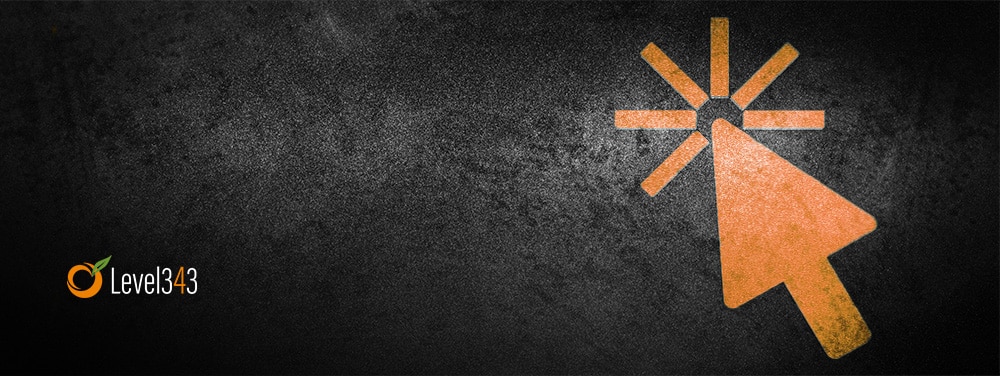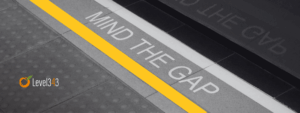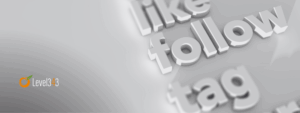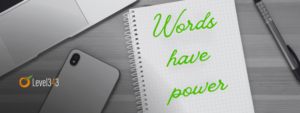How would you react to a headline like, “10 Common Household Items That Will Kill You”? Most of us will click fast because we live in some sort of dwelling and don’t want to die in our sleep. If there are 10 common items in our home that might kill us, we need to know about that. That’s clickbait content, and it’s not just for tabloids anymore.
Made You Look: The Tactics That Influence Your Audience to Act
Generally speaking, clickbait content is any content that uses emotional triggers and potentially sensationalist, viral information in order to raise awareness while boosting key metrics such as click-through rates, likes, shares, and user engagement.
It’s constructed in such a way that it creates curiosity or promises an emotional payoff of some sort, such as anger, nostalgia, or humor. Many promise to reveal hidden information in a manner that makes clicking an imperative.
The main goal, aside from getting your attention, is to foment the fear of missing out (FOMO). If you don’t read this content, you’re not going to be in the know.
Anatomy of Clickbait
Clickbait used to only refer to an outrageous headline that sometimes makes you click just because you can’t believe that what it’s claiming is true. These days, it can be folded into all kinds of content, including video, infographics, and email subject lines. News stories lean heavily on this type of baited headline.
What makes something clickbait is more how it’s crafted and presented than the platform or media used. Although not every clickbait incorporates each if these elements, all clickbait-worthy content includes at least two:
- Humor
- Hyperbole
- Emotional trigger words
- Eye-catching, sometimes unbelievable claims
- Scannable layout
Clickbait Headline
Another tactic that’s meant to bump up time on page and click-through rates is the clickbait headline that’s coupled with an engaging, sometimes drawn-out, story.
Take, for example, the headline we used in “If You’re a Marketer, Don’t Click This“:
“You’ll Never Believe What This Child Star is Doing Now”
Such a title is usually coupled with an iconic image of a prominent child star from whatever era is most relatable to the target audience. It’s often paired with a highly edited or blurred image right next to it that you can only assume is a current photo of said child star.
Curiosity gets you on the page, where you’ll encounter a lot of filler and backstory that keeps you clicking the “next —>” prompt at the page break looking for a payoff of the original tease. The info you’re looking for usually isn’t revealed until the very last page, and it may or may not be something sensational.
Clickable – Clickbait
Doesn’t matter. You’ve already spent 10 minutes reading this article and clicked through at least five successive pages to find out the information promised by the header and image.
You’ll often find sprinkled throughout the content:
- Photographic history of the subject
- Banner ads
- Sidebars with more clickbait headlines and images
- Clickable – and clickbait-y – hypertext links sprinkled at regular intervals throughout the body of the text.
You’ll notice headlines that begin with:
- “You’ll be … “, followed by an action/emotion; “outraged” always works well.
- “You won’t believe …”. This is almost a dare. Sometimes, the header will even start with “We Dare you to _“.
- “X Ways to __“. The power of a helpful listicle is strong. Besides, aren’t we always looking for better ways to study, clean the house, or perform any number of other time-consuming chores?
If you’ve ever wondered how low-quality blogs have such a high viewership, it’s often due to this type of content and page construction.
It’s a winning combination for the algorithms that will hit the KPIs and goals of most marketers without even trying. The quandary is: how do you, as an ethical marketer, tap into the power of clickbait without sinking to the level of a supermarket tabloid?
The Do’s and Don’ts of Using Clickbait
Let’s face it, clickbait gets a bad rap. With sensationalist headlines that often hearken back to the worst of supermarket scandal sheets, it isn’t difficult to see why some people look down their nose at clickbait headlines.
But…
There’s no denying that clickbait is highly effective at triggering a response. However, people are getting hip to the hype. The trick is to incorporate clickable content in a way that’s ethical without being watered down.
On the average day, there are millions of new blog posts, ads, and videos released in digital spaces. If you want to break through that kind of clutter and reach your audience, clickbait is poised to deliver an audience.
However, any bump in metrics, whether it be page views, traffic volume, or shares, must be sustainable and consistent. Google increasingly rates for user experience and content quality. Your place in the SERPs hasn’t been guaranteed by hyperbolic headlines, keyword stuffing, or content with no substance for a long time.
If you make a promise or tease a bit of information, there has to be a payoff that offers value. A headline that offers the 10 best ways to do something had better offer 10 solutions that aren’t common knowledge or copy/pasted from someone else’s blog.
Consumers are increasingly put off by scams and false promises. You may get them once. But, if your content constantly leaves them feeling confused, duped, or misled, the kind of awareness you raise may be the opposite of your intention. Future posts will be met with contempt, disdain, and mistrust.
Final Thoughts
Consistent generation of compelling, clickable content is one of the hardest things to accomplish in marketing. Even viral video is more of a “Right place and time” gamble that can’t be faked or formulated. It’s organic, something that just happens. Trying to manipulate the masses or capitalize on a craze usually turns out embarrassing results.
However, there’s a formula to clickbait and certain elements that increase the chances of your content being widely read and shared.
You can take the guesswork out of marketing by turning your brand strategy over to the professionals at Level343. We have wide experience at creating content that counts, no matter your audience, industry, or location. Get in touch with us to arrange a consultation today.



































